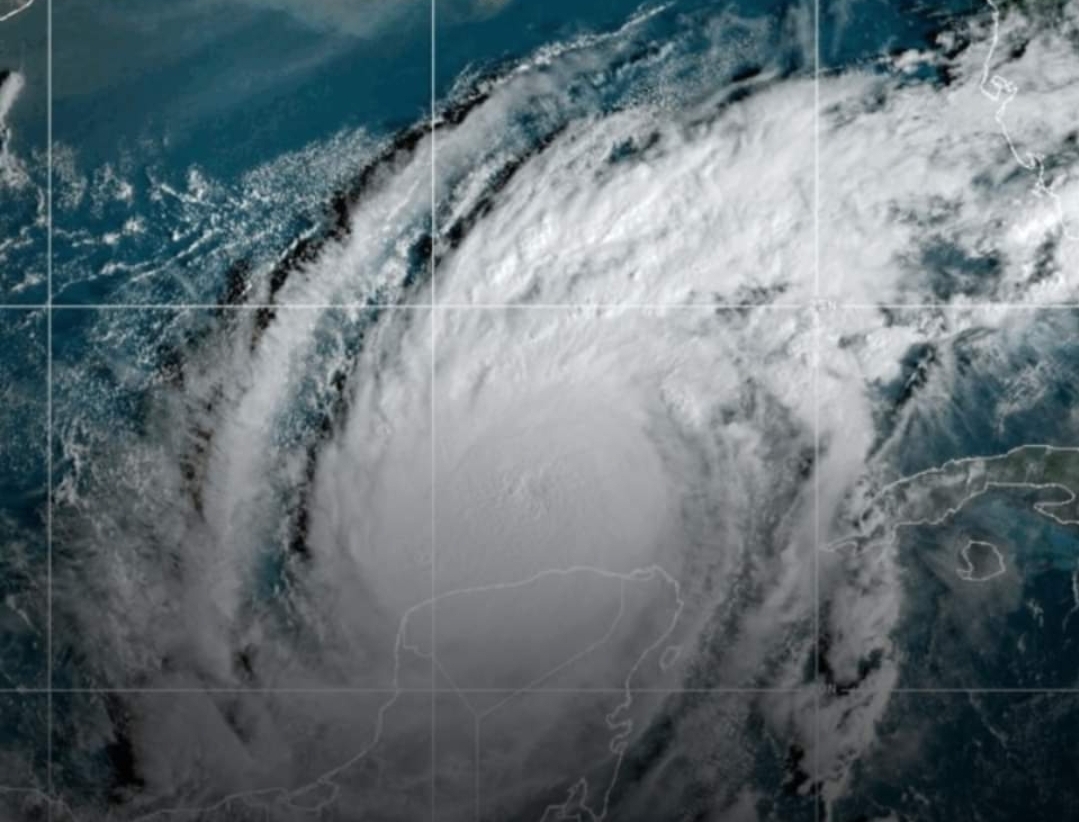A hurricane is a powerful tropical storm that forms over warm ocean waters. It is characterized by strong winds, heavy rain, and thunderstorms. Hurricanes can cause significant damage due to their high winds, storm surges, and flooding. They are classified into categories based on their wind speeds, with Category 1 being the least severe and Category 5 being the most severe.
The formation of a hurricane typically requires warm ocean water (at least 26.5 degrees Celsius or 80 degrees Fahrenheit), moist air, and a pre-existing weather disturbance. As the storm strengthens, it can develop a well-defined center known as the eye, which is surrounded by a ring of intense thunderstorms called the eyewall.
Hurricanes can have devastating effects on coastal areas, leading to evacuations, property damage, and loss of life. Meteorologists use various tools and models to track and predict the path of hurricanes to help prepare and mitigate their impact.
The history of hurricanes dates back thousands of years, with records of tropical storms and hurricanes noted by various cultures. The term “hurricane” itself comes from the Taino Native American word “hurucan,” which referred to the god of storms.
In the Atlantic, the earliest recorded hurricane was in 1495 when Christopher Columbus encountered a storm in the Caribbean. Over the centuries, hurricanes have been documented in various regions, particularly in the Caribbean and along the eastern coast of the United States.
The 20th century saw significant advancements in meteorology, allowing for better tracking and understanding of hurricanes. The establishment of the National Hurricane Center in the U.S. in 1965 marked a major step in hurricane forecasting and public safety.
Hurricanes have had profound impacts on societies, leading to changes in building codes, emergency preparedness, and response strategies as communities learned to cope with these powerful storms. Today, technology continues to enhance our ability to predict and respond to hurricanes, although they still pose a significant threat to life and property.
